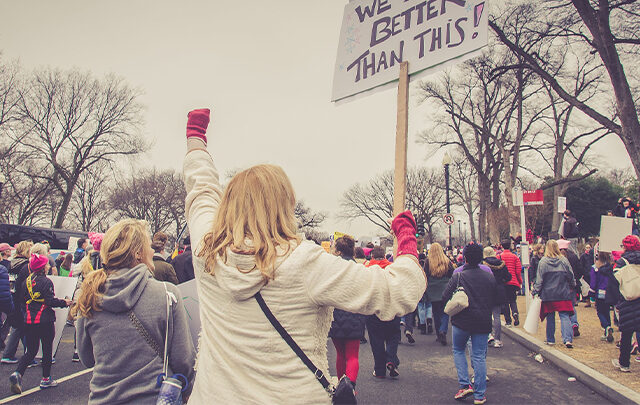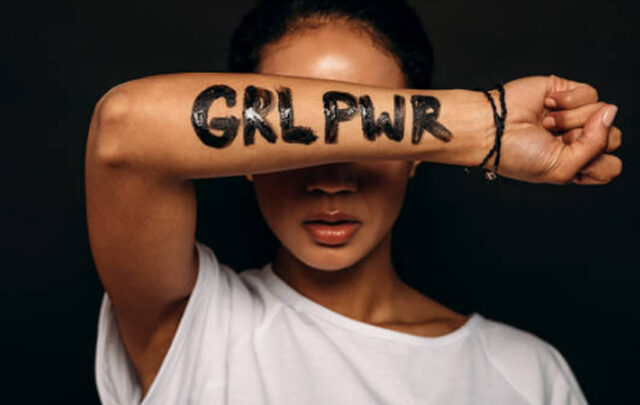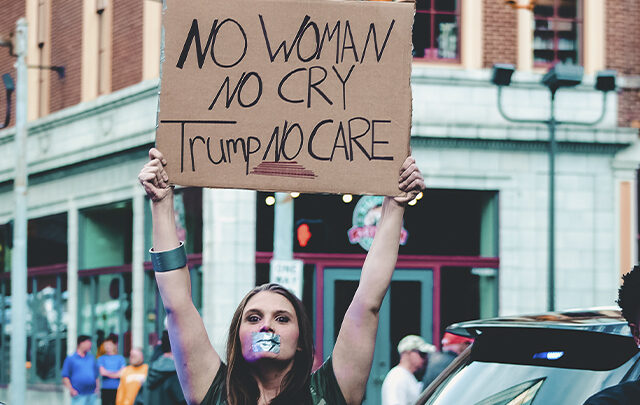The Women’s Social and Political Union (WSPU), led by the legendary Emmeline Pankhurst, carried out many actions, from peaceful pickets to window-bashing and arson, but it was Black Friday that helped the suffragettes win media attention and public sympathy. On November 18, 1910, the British Parliament was to consider a bill granting the right to vote to women with a certain level of income – the document was to cover about a million British women. The law passed its first reading, but Prime Minister Herbert Henry Asquith postponed further discussion of the document. As a sign of protest, about three hundred WSPU supporters went to the Palace of Westminster, where they clashed with the police: constables arrested more than a hundred people, many of them were injured during the arrest.
The police brutality provoked a violent reaction in the press and society: although the Daily Mirror, with a picture of the suffragette lying on the ground, was withdrawn from stores by government order, reports of police brutality found their way into other newspapers and spread all over Britain. As a result, the women’s movement became more sympathetic in London and beyond.
For the duration of the war the British suffragettes halted their actions, but after the war ended they again demanded recognition of the right to vote. In 1918, Parliament passed a law allowing women over the age of thirty who were heads of households or married to heads of households, or who had graduated from university, to vote. In 1928, women in Great Britain were fully equalized with men in voting rights.




MOST COMMENTED
Largest protests
How Leaderless Protests Work: Horizontal Movements and Collective Decision-Making
Forms of protests
The Right to Protest: How Rallies and Pickets Influence a Democratic Society
Forms of protests
Digitalization of Protest: How Social Media and Technology Are Changing Street Demonstrations
Largest protests
Digital Technology Revolution – Reshaping Modern Activism
Forms of protests
Advanced Acoustic Protection for Confidential Discussions
Forms of protests
Psychology of Protest: What Motivates People at Rallies?
Largest protests
Rallies Against Air Travel: A Rising Movement in the Climate Crisis Era